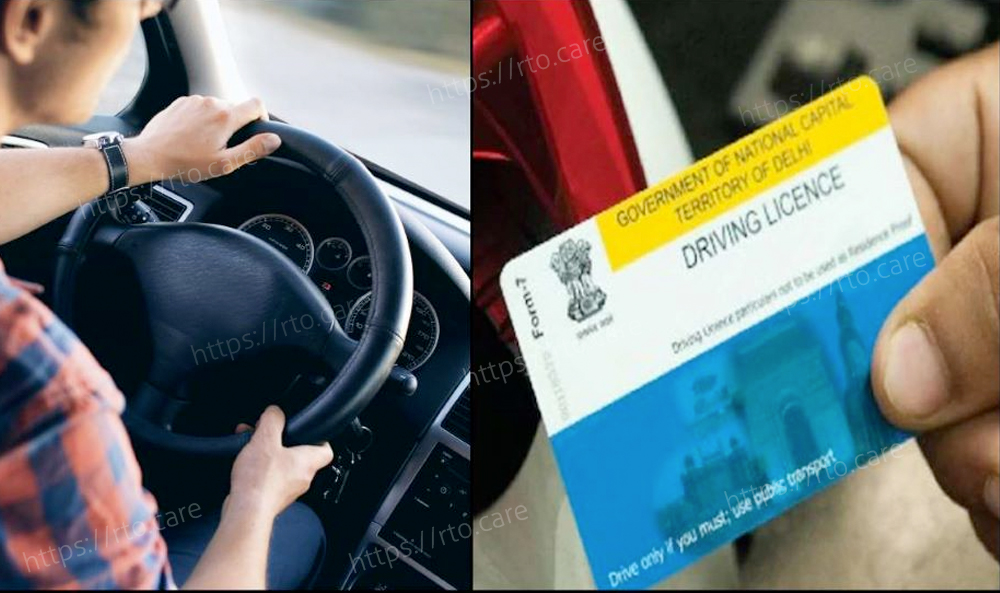Driving License New Rules:
There has been some important news about the making of driving licences. The government has issued a new DL regulation. You will no longer be required to attend the Regional Transport Office (RTO) to get a driver's licence. The rules for constructing driving lines have now been eased by the national government. Please inform us of the government's new guidelines.
No longer will a driving test be necessary.
The government has changed the rules for obtaining a driver's licence. You will no longer be required to go to the RTO to take any type of driving test under the new guidelines. The Union Ministry of Road Transport and Highways has made the guidelines public. This regulation has been in effect since the beginning of this month. This new adjustment will provide significant relief to the millions of people who are now on the RTO's waiting list for a driver's licence.
You must attend a driving school and receive instruction.
The ministry has advised candidates who are awaiting their RTO exam to obtain their driver's licence. They can now apply for a driver's licence at any recognised driving school. He must receive training from a driving school and pass the exam here. The school will issue a certificate to all applicants.
What are the rules?
The Ministry of Roads and Transport has issued various norms and criteria governing the training centre. This includes training for trainers from training centres. Let's break it down
- Authorized authorities shall guarantee that training facilities for two-wheelers, three-wheelers, and light motor vehicles have at least one acre of land, while training centres for medium and large passenger vehicles or trailers will require two acres.
- The trainer must have a high school diploma and at least five years of driving experience. He should be well-versed in traffic laws.
- The Ministry has also established a curriculum for education. The training period for driving light motor vehicles will be a maximum of four weeks, lasting up to 29 hours. The curriculum
- Participants will participate in an 8-hour curriculum that includes rural roads, highways, city roads, reversing and parking, as well as a theory component that includes understanding road etiquette, road rage, traffic education, understanding the causes of accidents, first aid, and driving fuel efficiency.










